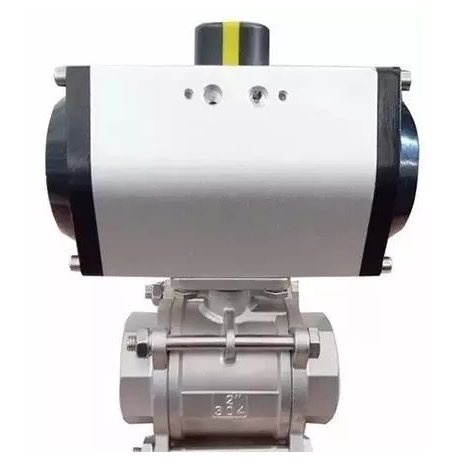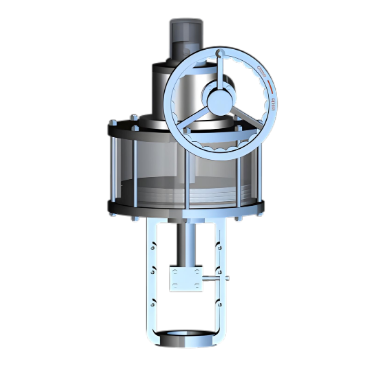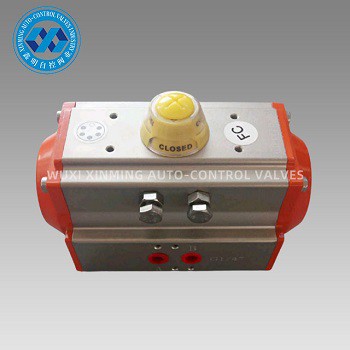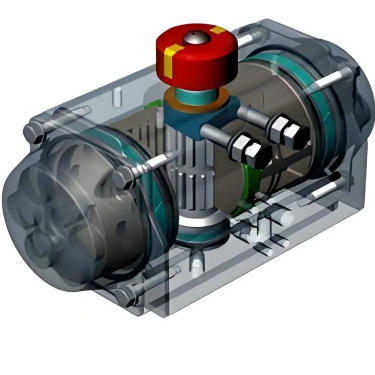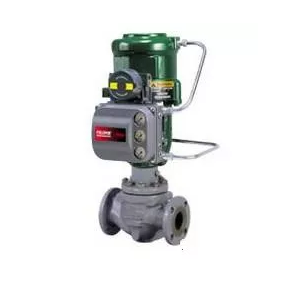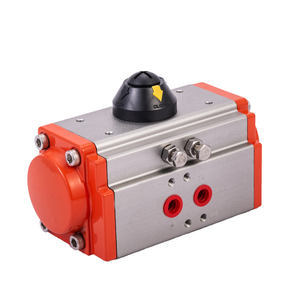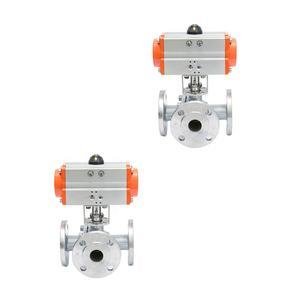In cold climates, winterizing pneumatic
piston actuators is essential to ensure their reliable operation.
First, choose components with cold -
resistant materials. Replace standard seals, gaskets, and hoses with ones rated
for low temperatures. These materials maintain flexibility and integrity in
frigid conditions, preventing cracks and leaks that could disrupt actuator
function.
Insulation is another key step. Wrap the
actuators with thermal insulation materials, such as fiberglass or neoprene
jackets. This helps retain heat, protecting internal components from freezing.
Additionally, install heat tracing systems if necessary, especially in
extremely cold environments, to keep the actuators within an optimal operating
temperature range.
Regularly maintain the compressed air
system. Ensure that moisture is completely removed from the air supply, as
water can freeze in cold weather, causing blockages. Use high - quality air
dryers and drain moisture traps frequently. Also, check and replace lubricants
with ones suitable for low - temperature use to keep moving parts operating
smoothly. By taking these precautions, pneumatic piston actuators can withstand
cold climates and continue to function effectively.
If you want to learn more about low-priced products, please visit the following website: www.xm-valveactuator.com


